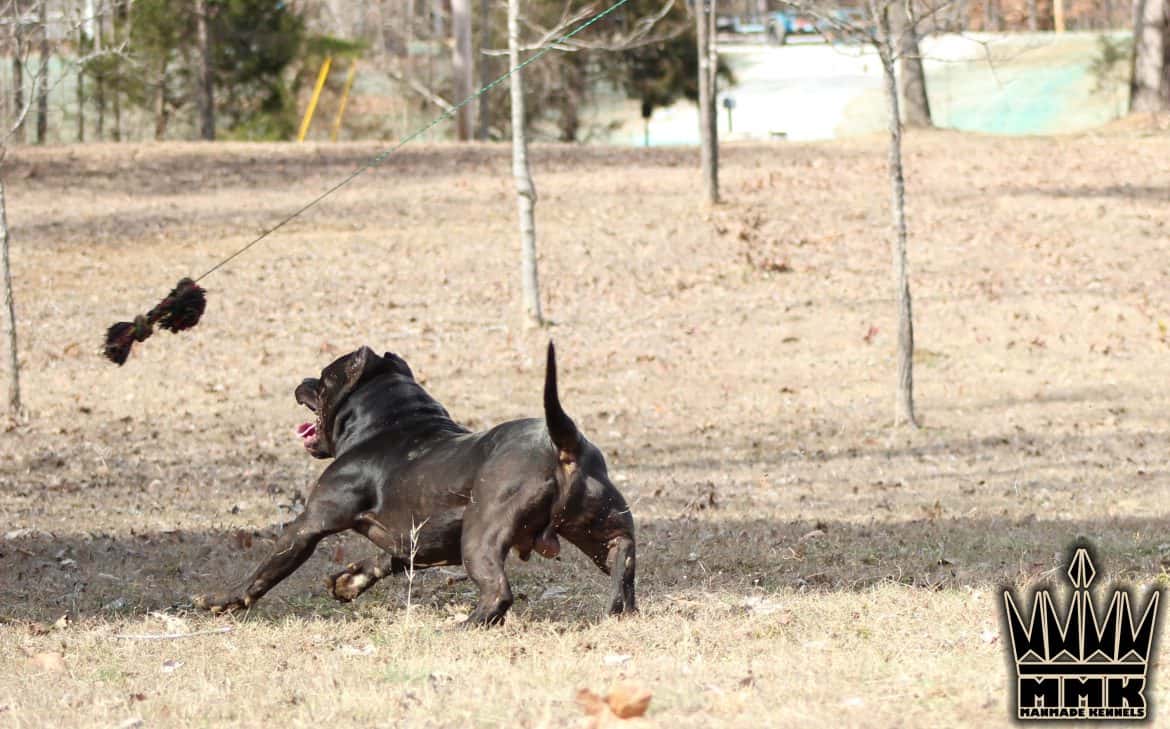Developing effective dog workout routines is crucial for maintaining your pet's health and happiness. This comprehensive guide will help you create the perfect exercise routine for your dog, whether you're working with an energetic puppy or a senior pet that needs gentle movement.
Finding the Right Dog Workout Routine for Your Pet
Before starting any dog workout routines, it's essential to understand what makes a good exercise plan for your specific pet. Your dog's ideal workout routine will depend on several key factors that we'll explore in detail.
Assessing Your Dog's Exercise Needs
Different breeds and ages require customized workout routines. An exercise plan that works perfectly for a Border Collie won't suit a Bulldog. Let's explore how to assess your dog's specific needs.
Your dog's age significantly impacts their ideal workout routine. Puppies need shorter, more frequent exercise sessions, while adult dogs can handle more structured, intensive workout routines. Senior dogs benefit from modified routines that focus on maintaining mobility and strength.
Breed energy levels play a crucial role in determining appropriate workout routines:
High-energy breeds typically need:
- 1.5-2 hours of daily exercise
- Multiple workout sessions throughout the day
- Varied exercise types within their routine
Medium-energy breeds require:
- 45-60 minutes of daily exercise
- Two main workout sessions
- A mix of cardio and strength exercises
Low-energy breeds do well with:
- 20-30 minutes of exercise
- One or two shorter sessions
- Gentle, low-impact workout routines
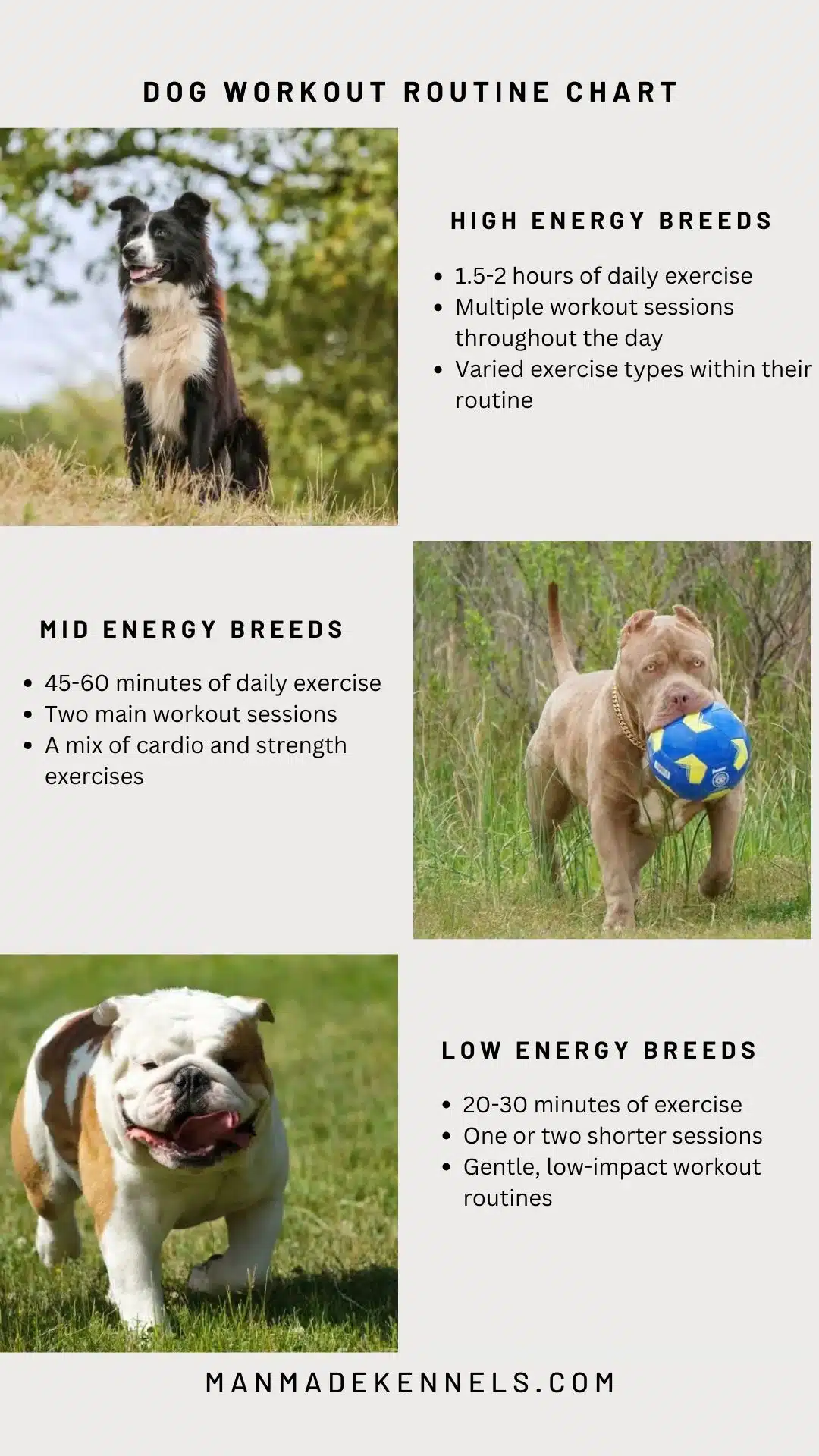
Essential Components of Daily Dog Workout Routines
1. Morning Cardio Routines
Start your dog's day with appropriate cardiovascular exercise. This forms the foundation of all effective dog workout routines. Morning workouts help:
- Establish a consistent exercise schedule
- Burn excess energy early
- Set a positive tone for the day
- Improve mental focus
2. Strength Training Sessions
Incorporate strength-building exercises into your dog's workout routine 2-3 times per week. Popular strength training routines include:
Weight Pulling Training This powerful addition to your dog's workout routine builds muscle and improves overall strength. Begin with:
- Equipment familiarization
- Proper form training
- Progressive weight increases
- Consistent technique practice
3. Agility Work
Adding agility exercises to your dog's workout routine improves:
- Coordination and balance
- Mental stimulation
- Overall athleticism
- Handler-dog communication
4. Afternoon Exercise Routines
Second daily workout sessions should focus on:
- Skills training
- Mental stimulation
- Controlled play activities
- Cool-down exercises
5. Recovery and Rest Periods
Essential parts of any dog workout routine include:
- Proper cool-down periods
- Adequate rest between sessions
- Recovery day activities
- Gentle stretching routines
Top 5 Best Dog Workouts for Optimal Canine Health and Fitness
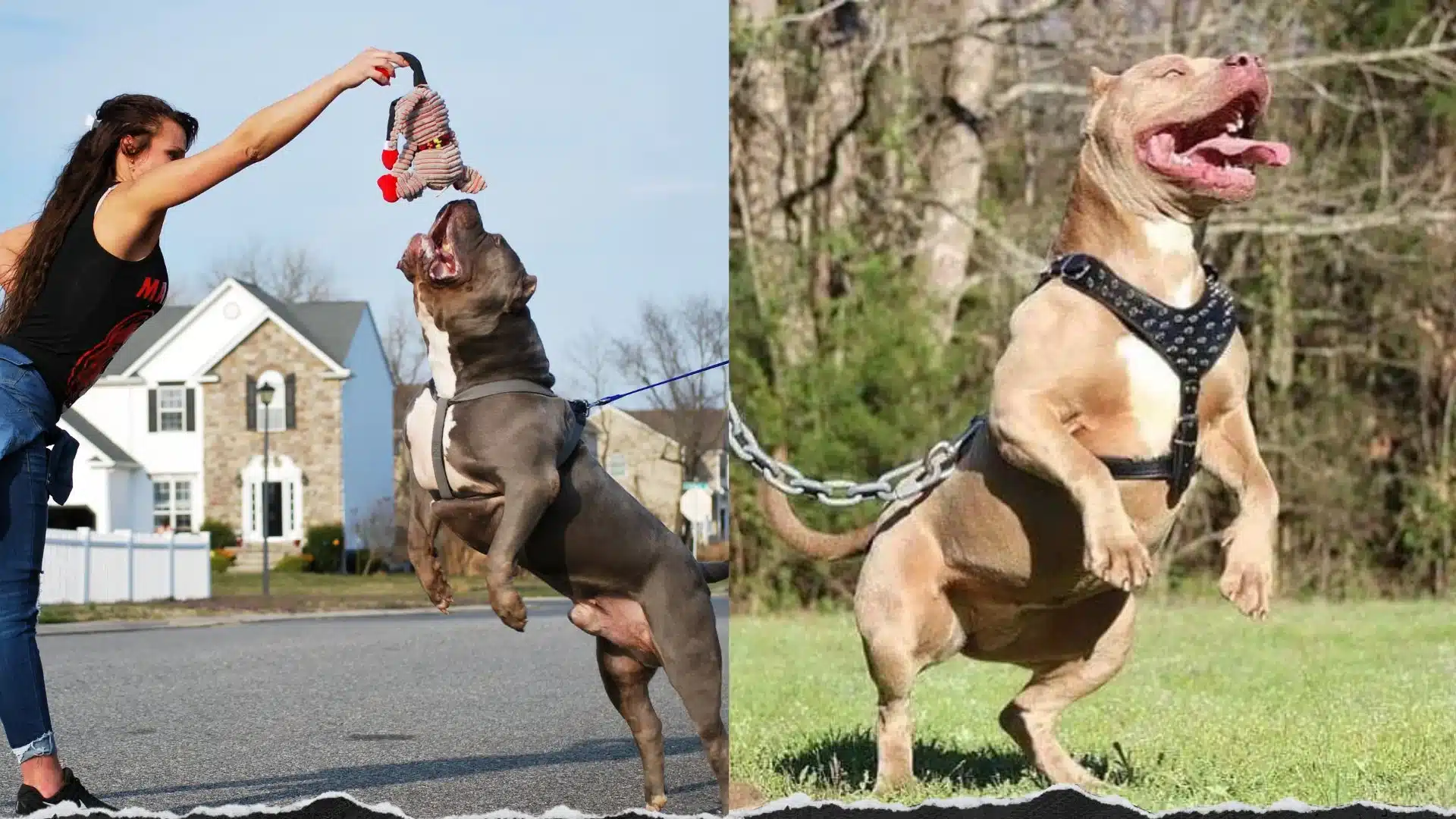
1. Weight Pulling: The Ultimate Full-Body Canine Workout
Weight pulling stands out as the most effective dog workout for building muscle, strengthening bones, and enhancing overall canine fitness. This challenging exercise involves:
- Using a specially designed dog harness
- Attaching the harness to a weighted sled or cart
- Gradually increasing resistance for progressive strength training
Benefits:
- Builds lean muscle mass
- Improves cardiovascular health
- Enhances mental focus and discipline
- Strengthens the human-canine bond
Pro Tip: Always start with light weights and consult a veterinarian before beginning any intense exercise regimen.
2. Spring Pole Training: A Dynamic Workout for High-Energy Dogs
Spring pole exercises offer an excellent way to provide both physical and mental stimulation for your dog. Here's what you need to know:
- Consists of a spring-loaded rope or tug toy
- Can be easily constructed at home or purchased pre-made
- Provides a full-body workout in as little as 15-20 minutes
Benefits:
- Releases pent-up energy
- Improves grip strength and jaw muscles
- Enhances coordination and balance
- Ideal for apartment-dwelling dogs with limited outdoor space
3. Flirt Pole Training: Engage Your Dog's Natural Prey Drive
The flirt pole is a classic dog conditioning tool that taps into your pet's instinctual behaviors. This workout involves:
- A long pole with a lure attached to a rope
- Encouraging your dog to chase and "catch" the lure
- Short, intense bursts of activity
Benefits:
- Provides excellent cardio exercise
- Improves agility and reflexes
- Satisfies natural hunting instincts
- Can be completed in just 15 minutes
4. Tug-of-War: Building Strength and Bonding
This simple yet effective workout is perfect for strengthening your dog's neck, jaw, and core muscles. To maximize benefits:
- Use a designated tug toy or rope
- Establish clear rules and commands
- Incorporate "drop it" training for improved obedience
Benefits:
- Builds muscle strength in multiple areas
- Provides mental stimulation
- Reinforces the bond between dog and owner
- Can be played indoors or outdoors
5. Hill and Terrain Training: Natural Resistance for Full-Body Conditioning
Utilizing natural landscapes can provide an excellent full-body workout for your canine companion. This exercise involves:
- Walking or running on uneven terrain
- Incorporating uphill and downhill movement
- Varying pace and duration based on your dog's fitness level
Benefits:
- Improves overall muscle tone
- Enhances balance and proprioception
- Provides low-impact cardiovascular exercise
- Offers mental stimulation through new environments
Conclusion: Elevate Your Dog's Fitness Routine
Incorporating these top five dog workouts into your pet's exercise regimen will help ensure they stay healthy, happy, and well-conditioned. Remember to always start slowly, monitor your dog's response to new activities, and consult with a veterinarian before beginning any new fitness program.
By investing time in these engaging workouts, you'll not only improve your dog's physical health but also strengthen the bond you share with your four-legged friend.
Article by Edward Perez, Canine Fitness Expert at ManMade Kennels
Revealed: Stunning Differences Between Red Nose And Blue Nose Pitbulls
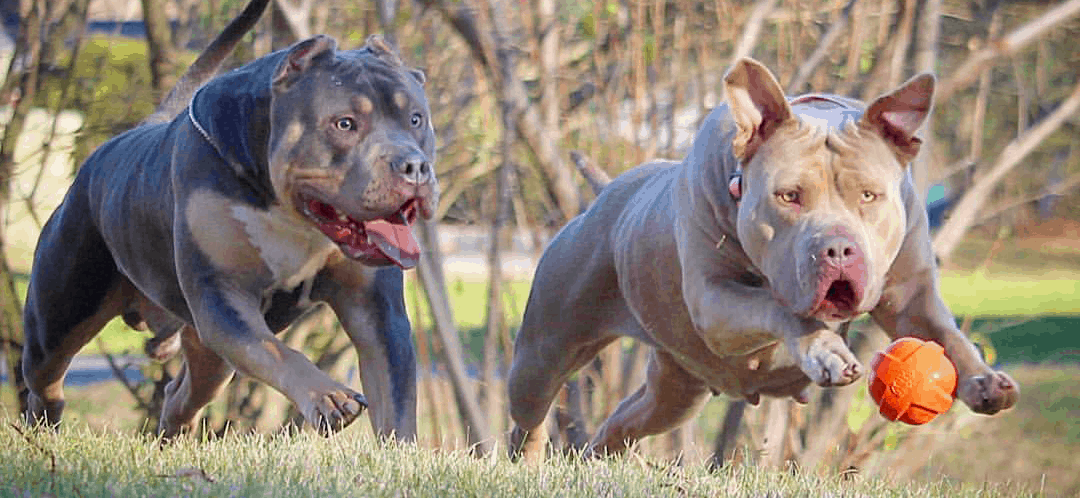
Latest
The Best Diet for Pitbull Puppies: What’s New in 2025?
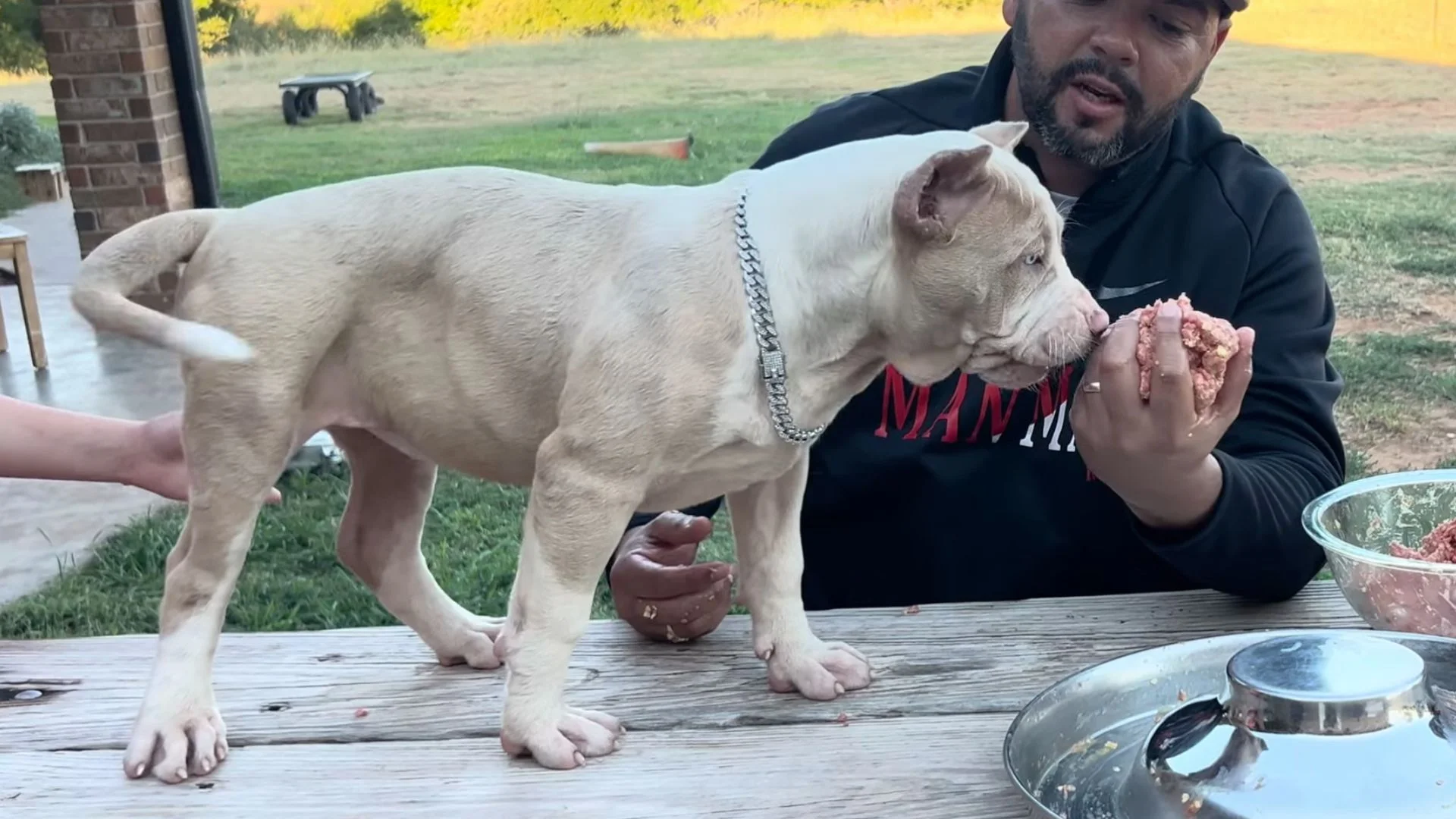
How to Vaccinate A Puppy at Home: A Complete Guide for First-Time Owners
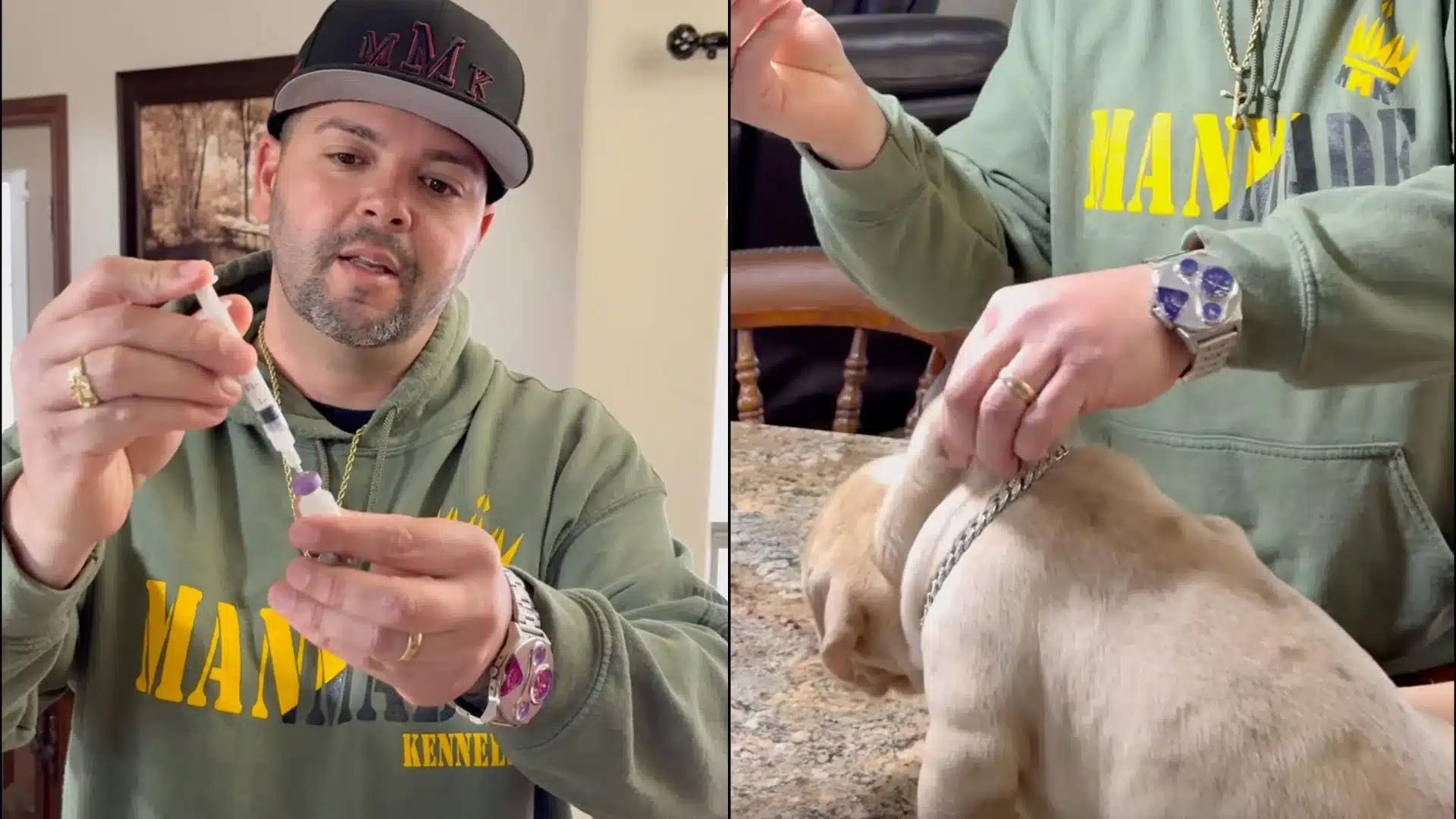
How Friendly Are American Bullies With Other Animals?
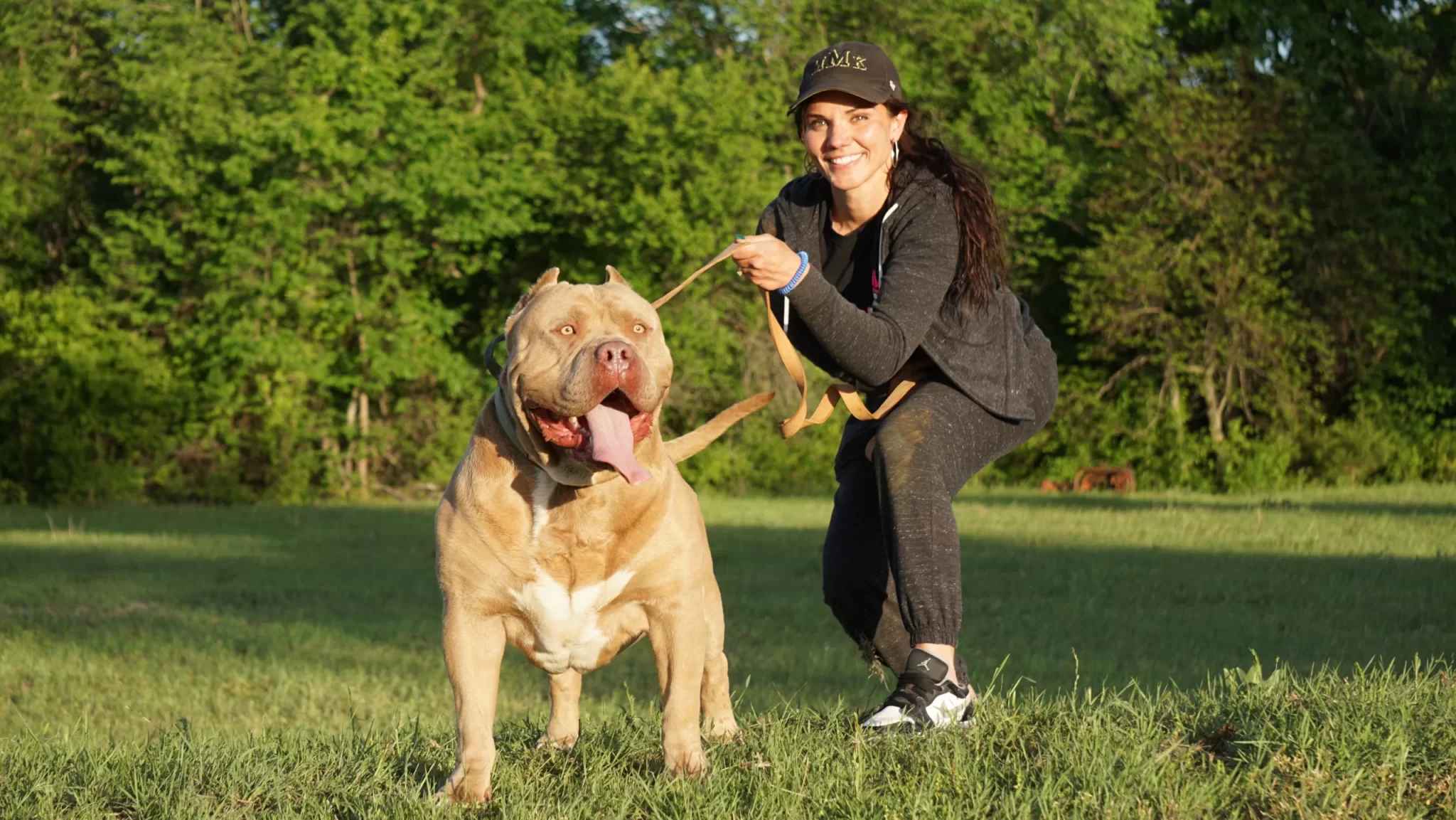
How to Choose the Best Stud Dog for XL Pitbull Breeding: A Complete Guide
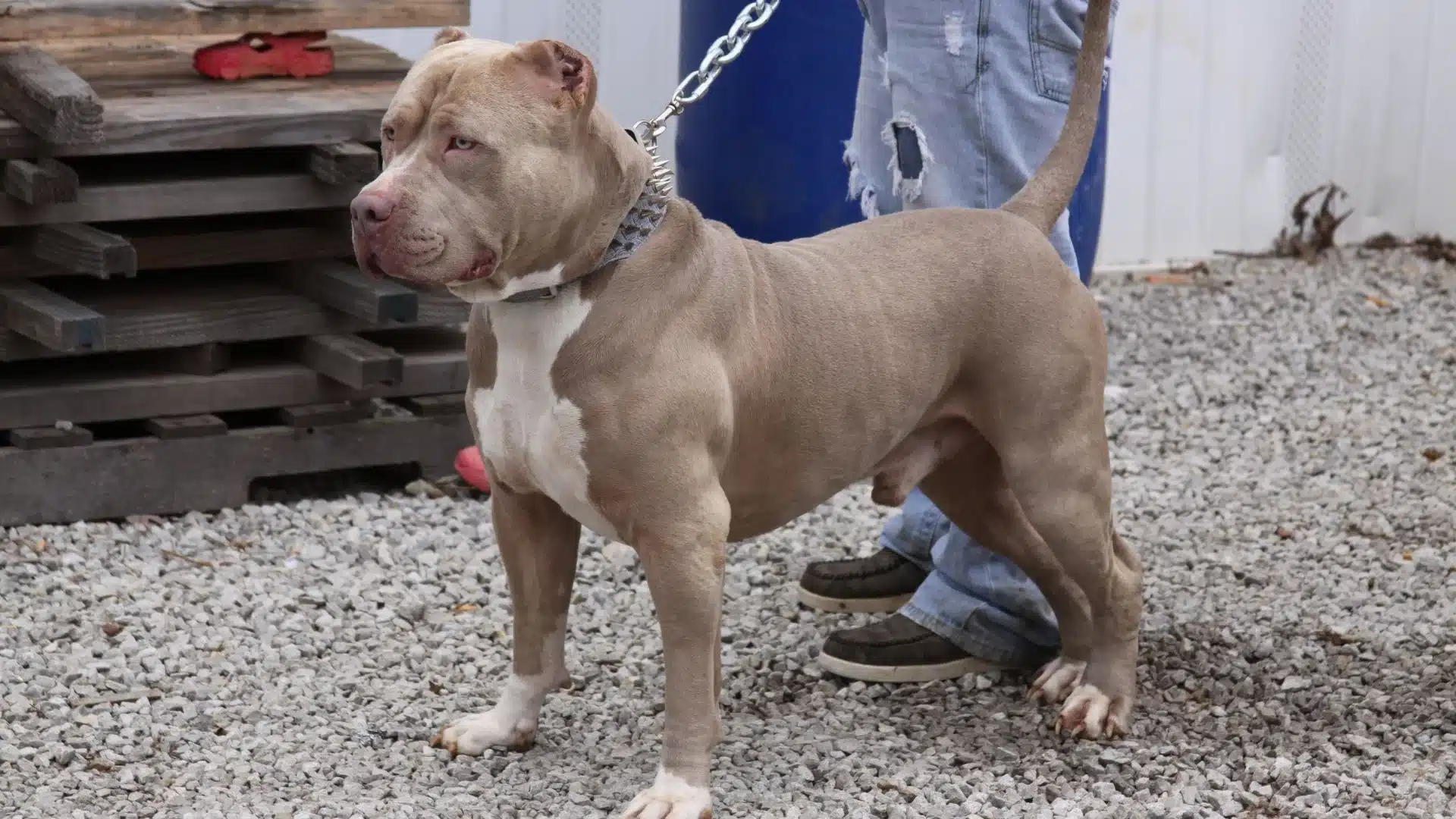
Edward Perez is a dog expert with over 20 years experience.

